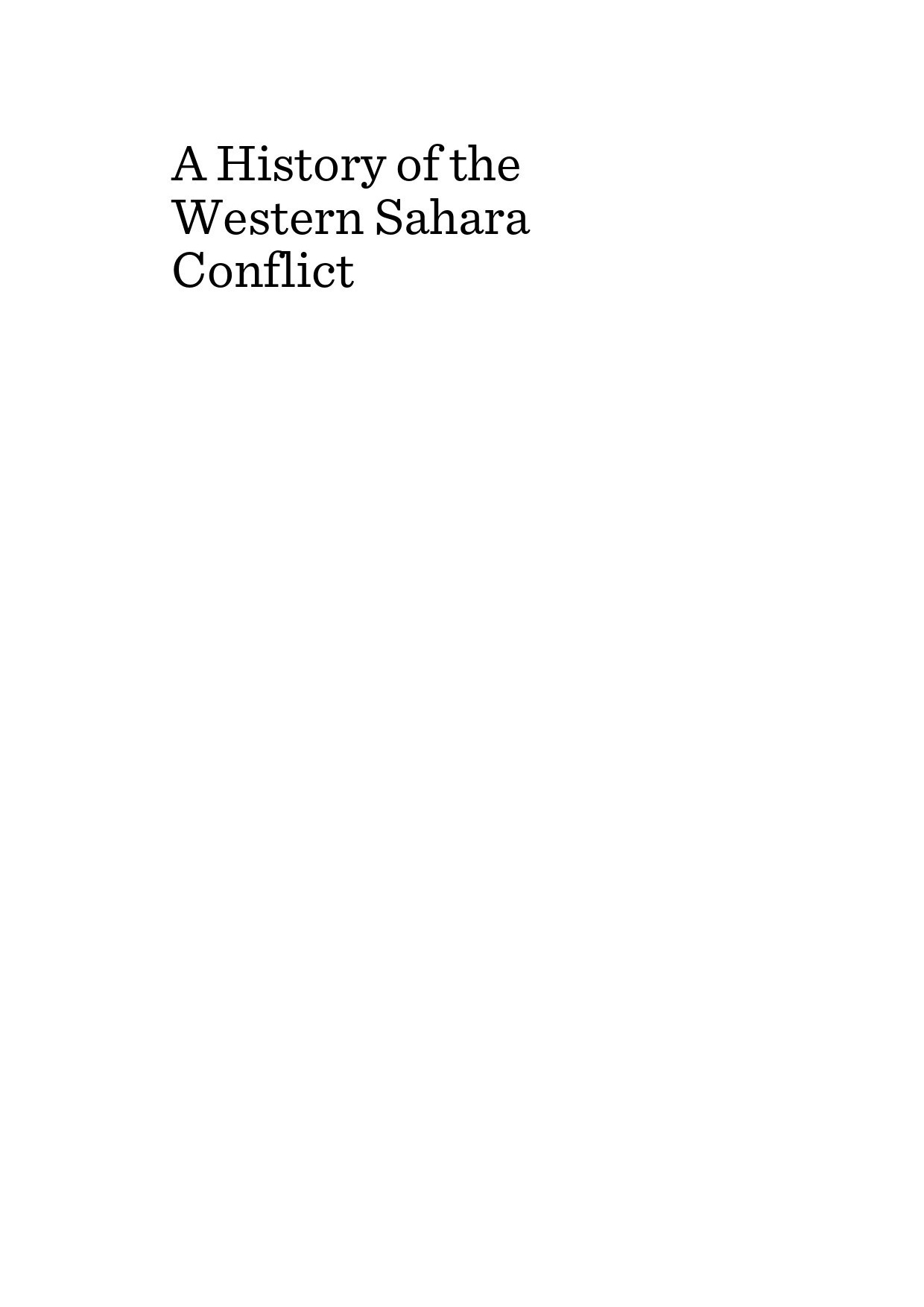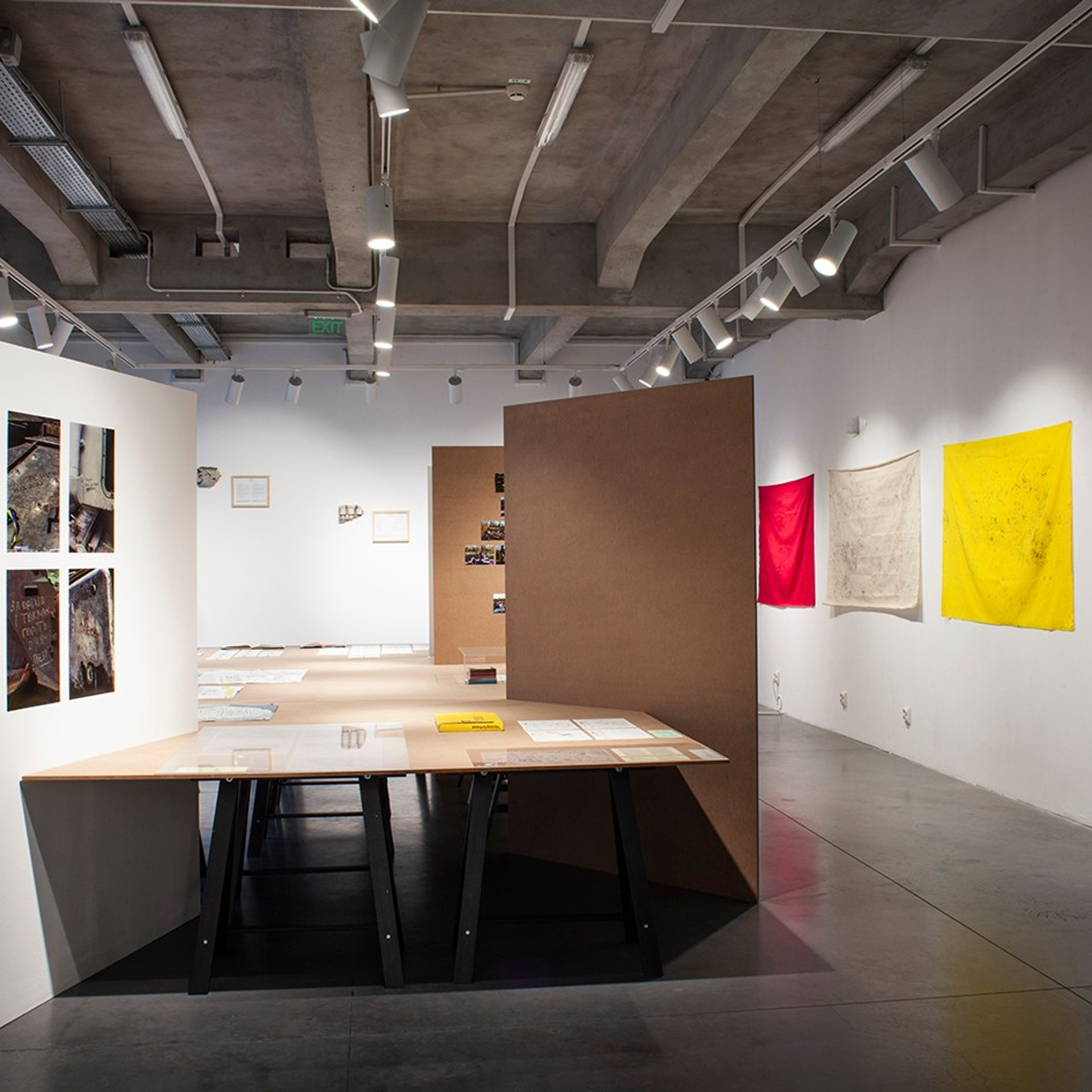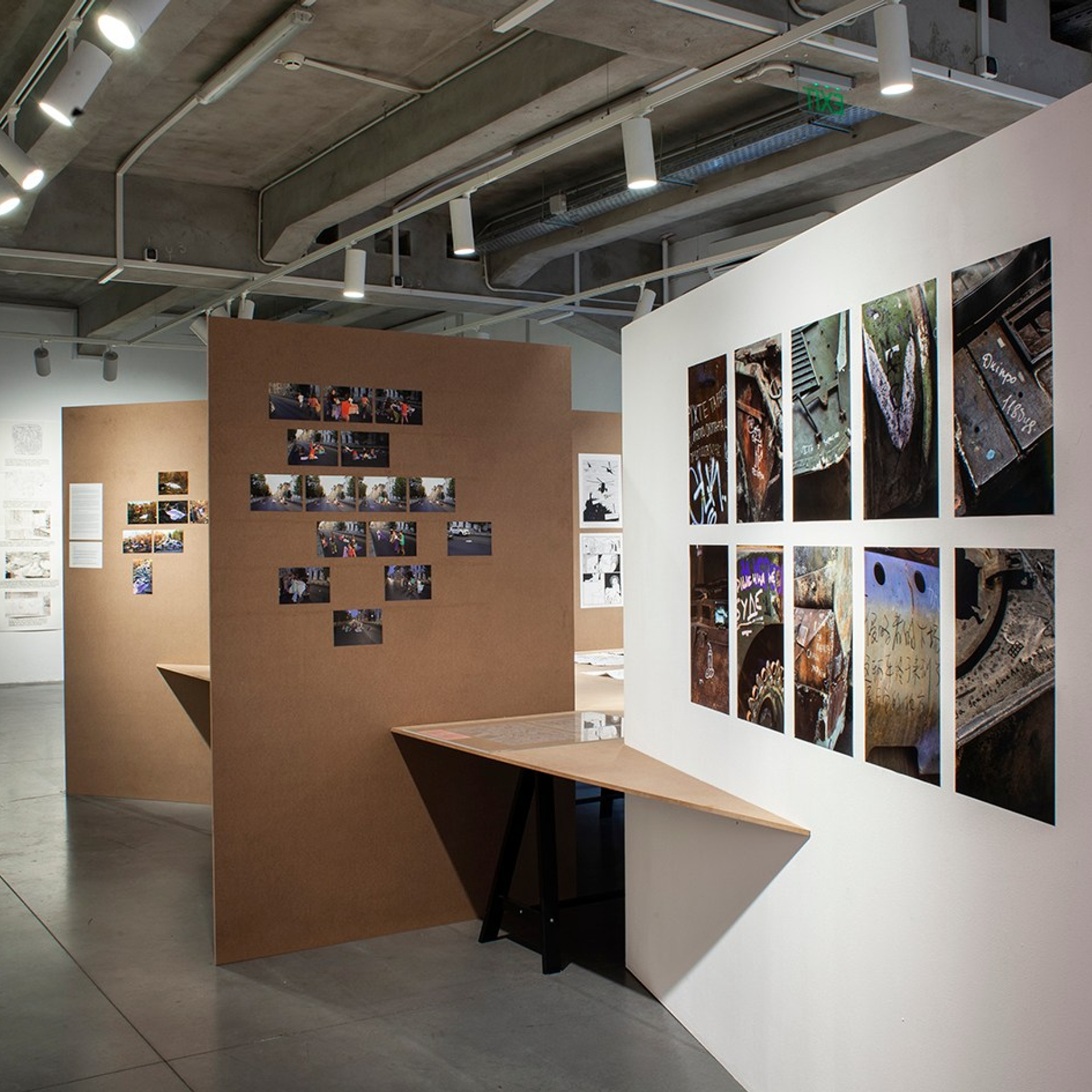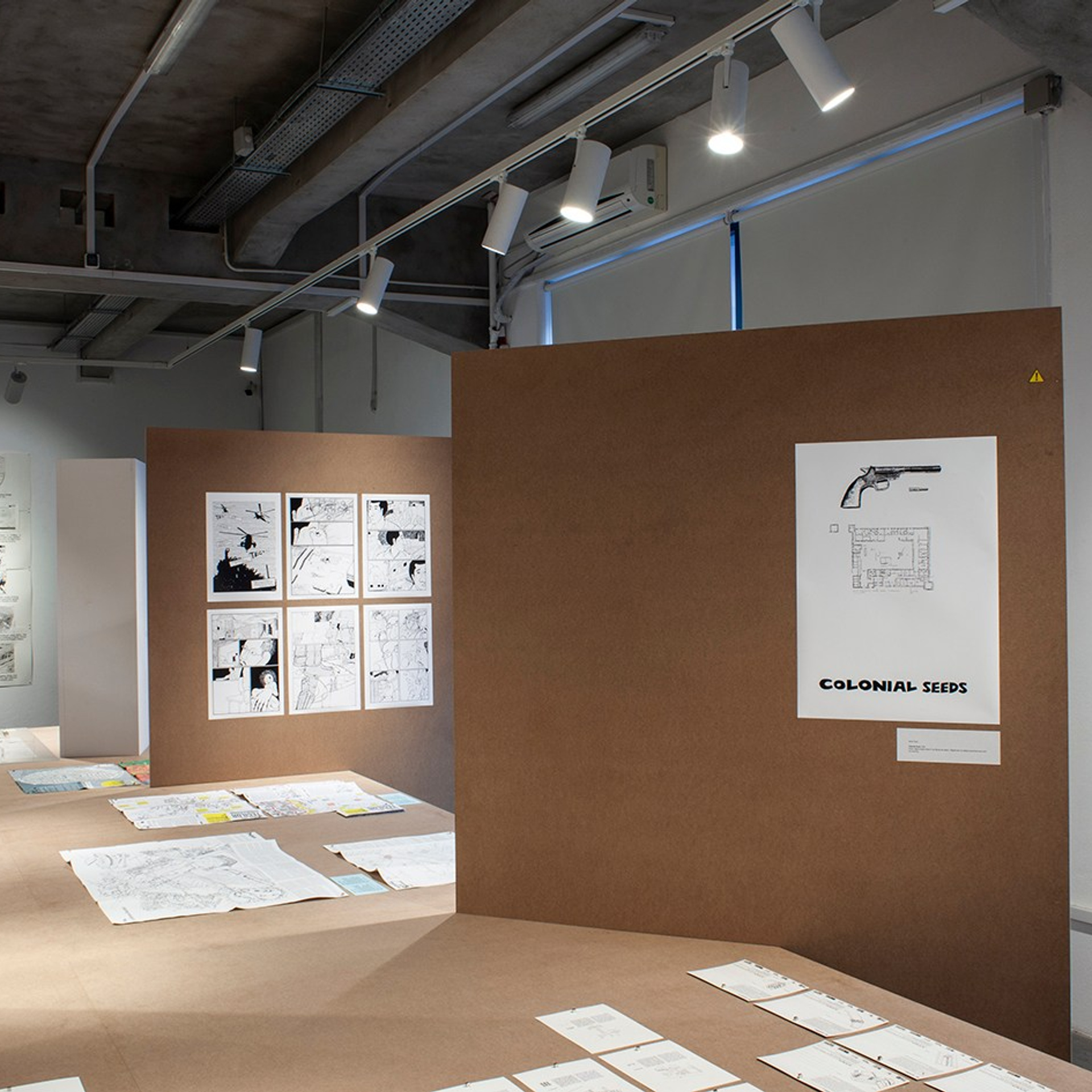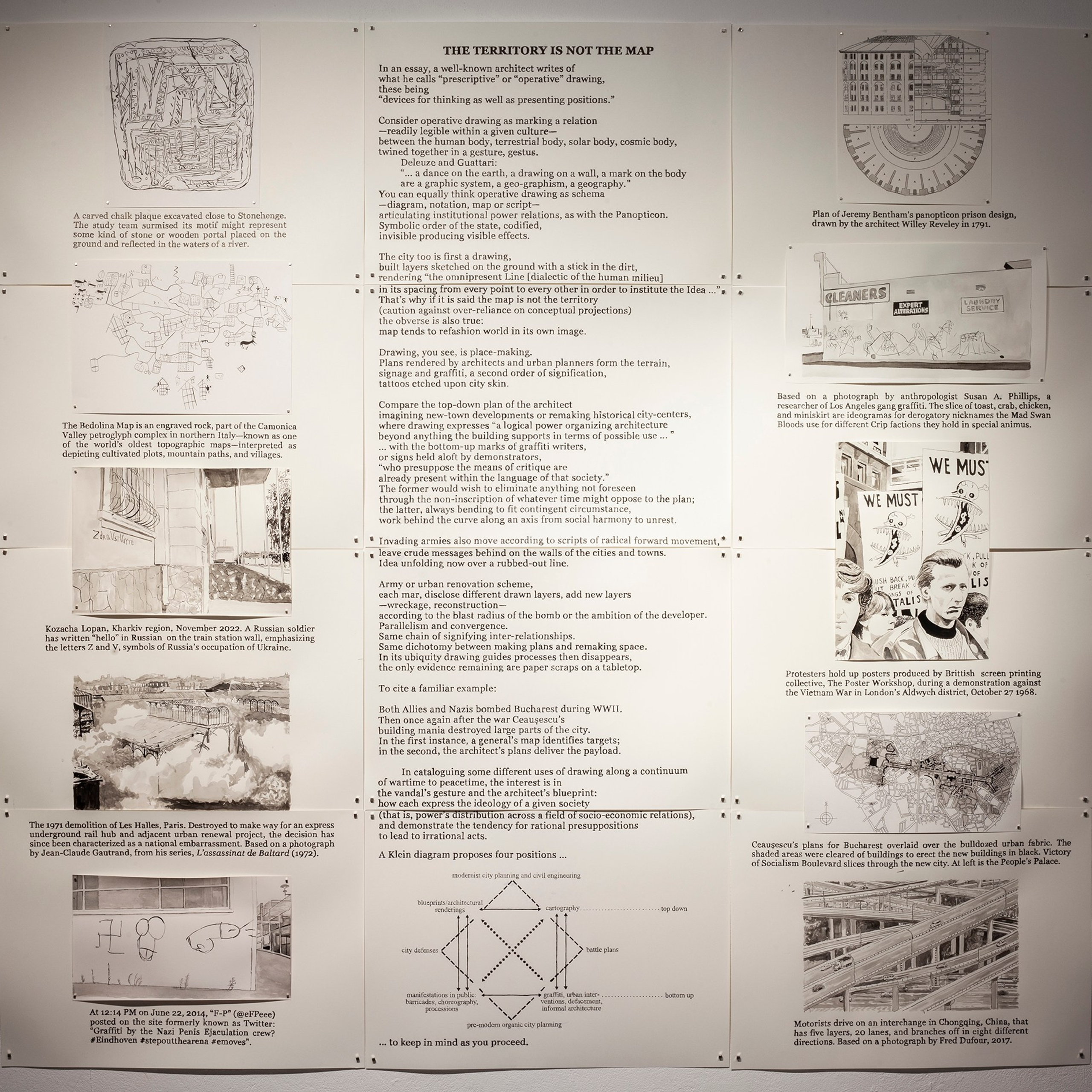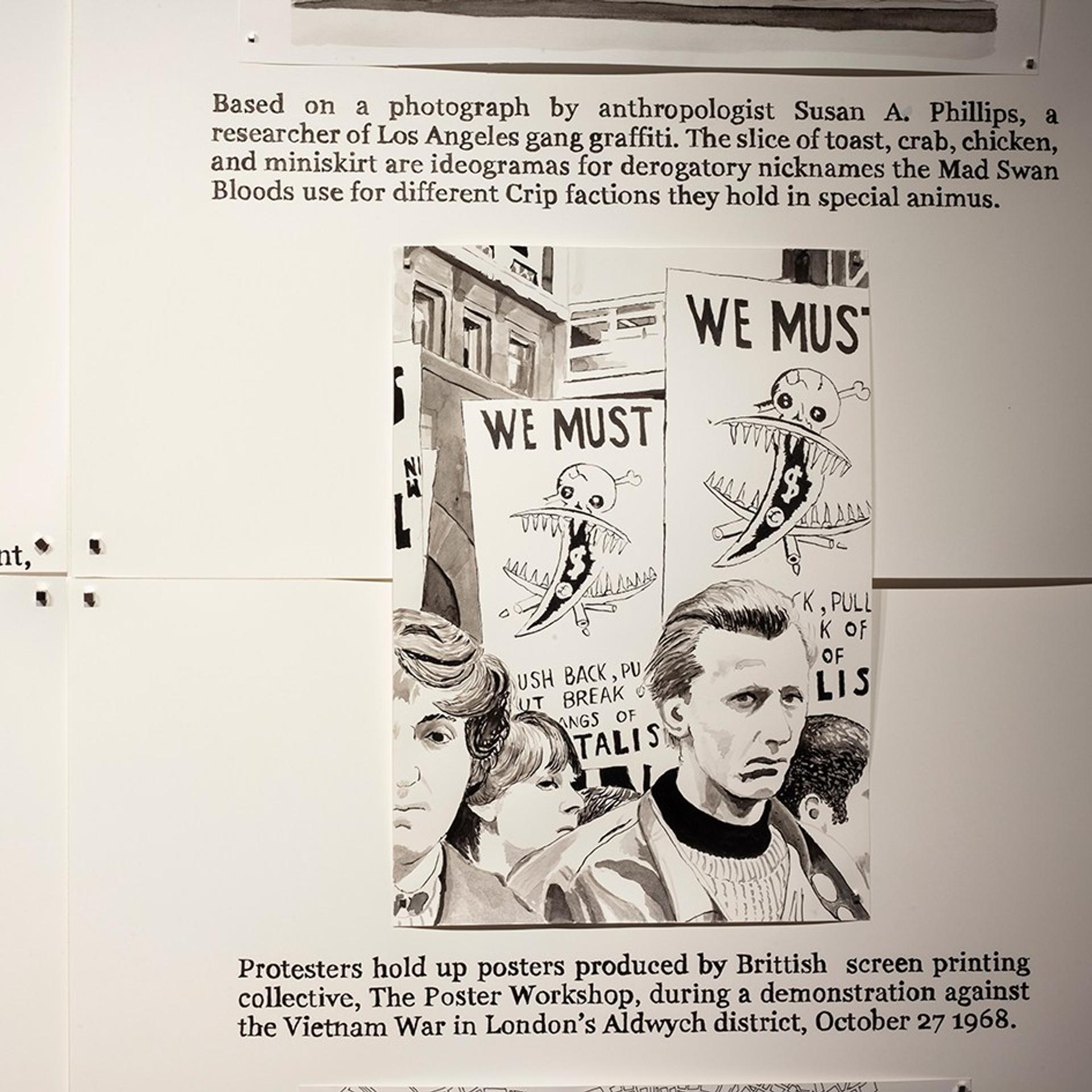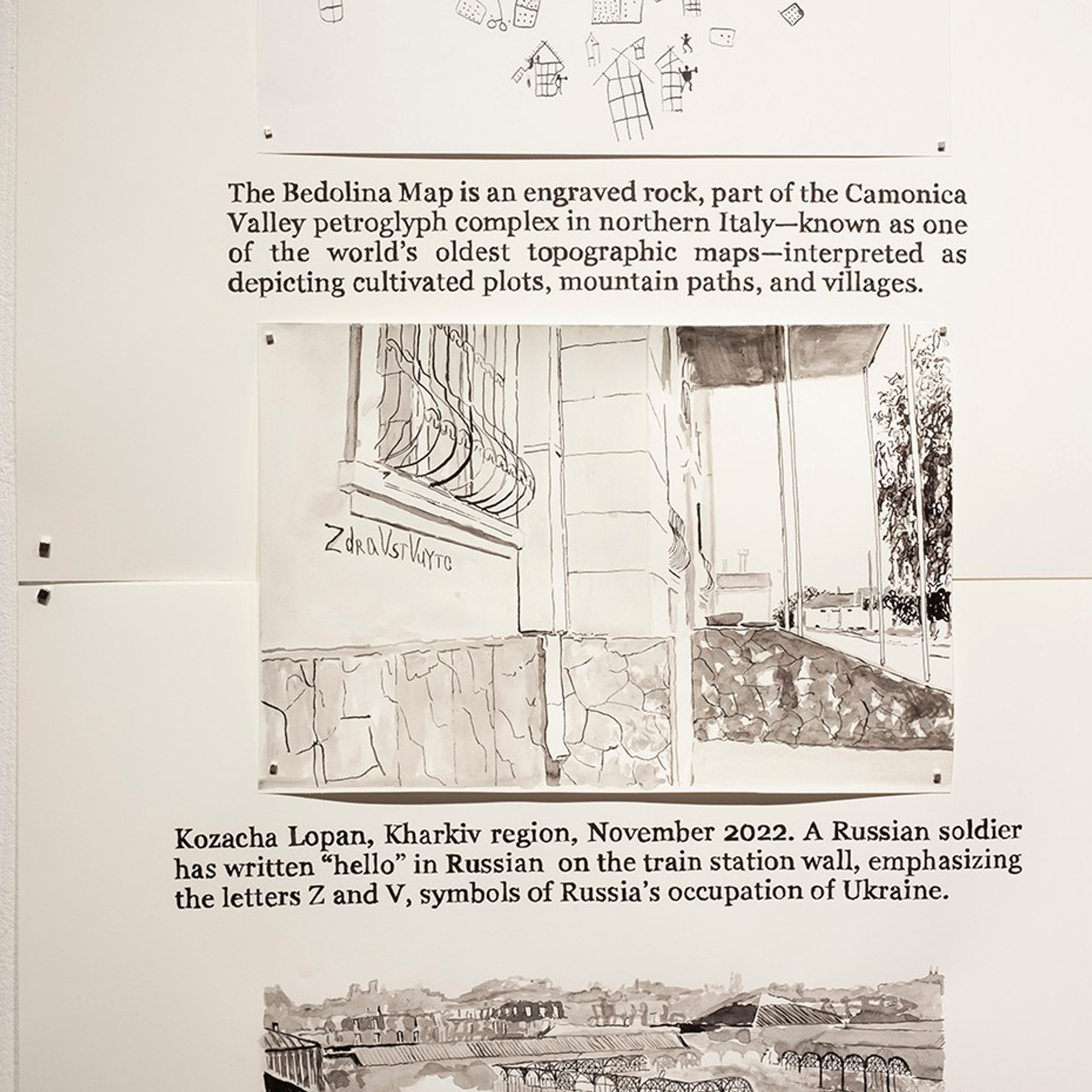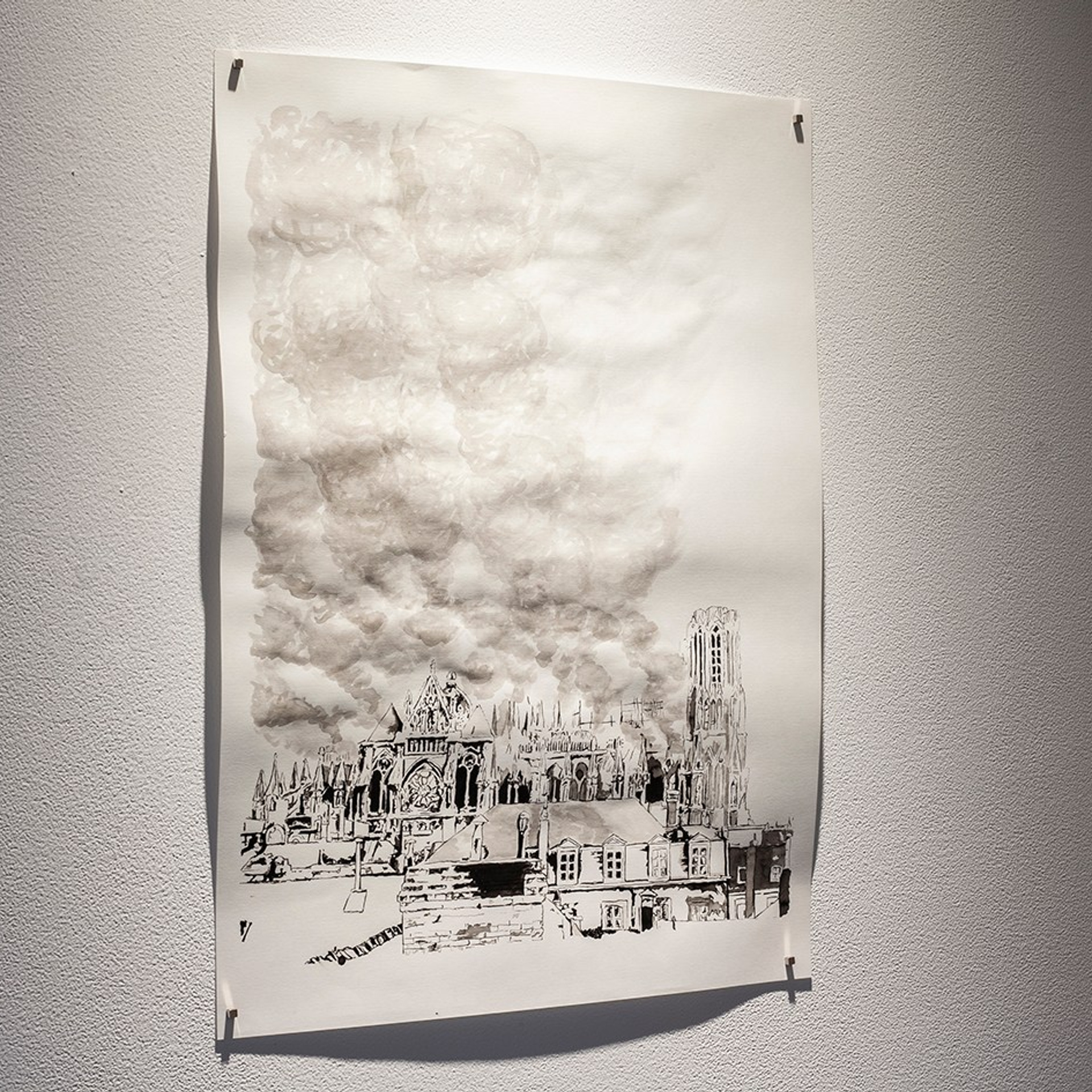A History of the Western Sahara Conflict has recently been issued
as a paperback. If you order it directly from the publisher you can
receive a discount by using the author code: AUTHOR40.
The Territory Is Not the Map (as curator)
Salonul de Proiect, Bucharest
13 September to 22 October 2023
As an artist I wondered how I could make one of the curator’s chief means of mediation—that is, the press text—a work in itself. Apart from everything that goes into curating an exhibition, selecting the artists, working with an exhibition designer, placing the works, I tried to fall on the far side of a divide between working normatively as a curator but not so far that I ended up including myself in the show.
From the original press text: Drawing is perhaps the first medium humanity used to create plastic representations of the world, and its ubiquity remains with us, in the doodles we scribble while talking on the phone, to the sketches we employ to work out all manner of problems, both abstract and concrete. Drawing has a capacity to represent (or figurate), but also to diagram, to map, to script, or notate. This scope of use, from the purely diagrammatic to the spontaneous and expressive, makes it the medium closest to thinking, but also the one with the broadest medial range, from drawing using a stick in the dirt to drawing with sophisticated computer software. Drawing, as the French philosopher Jean-Luc Nancy has noted, “participates in a semantic field where act and force [puissance] are combined, or where the sense of the act, the state, or the being that is in question cannot be detached entirely from a sense of gesture, movement, or becoming.” The exhibition The Territory Is Not the Map, which takes its title from a saying attributed to the American engineer Alfred Korzybski—reversing his original truism to point to the constitutive function of drawing in shaping the human world—has collected examples of drawing that allude to its role in creating or destroying the urban landscape, under both wartime and peacetime conditions, and to also show how drawing can serve as an instrument of policy or an instrument of resistance.

